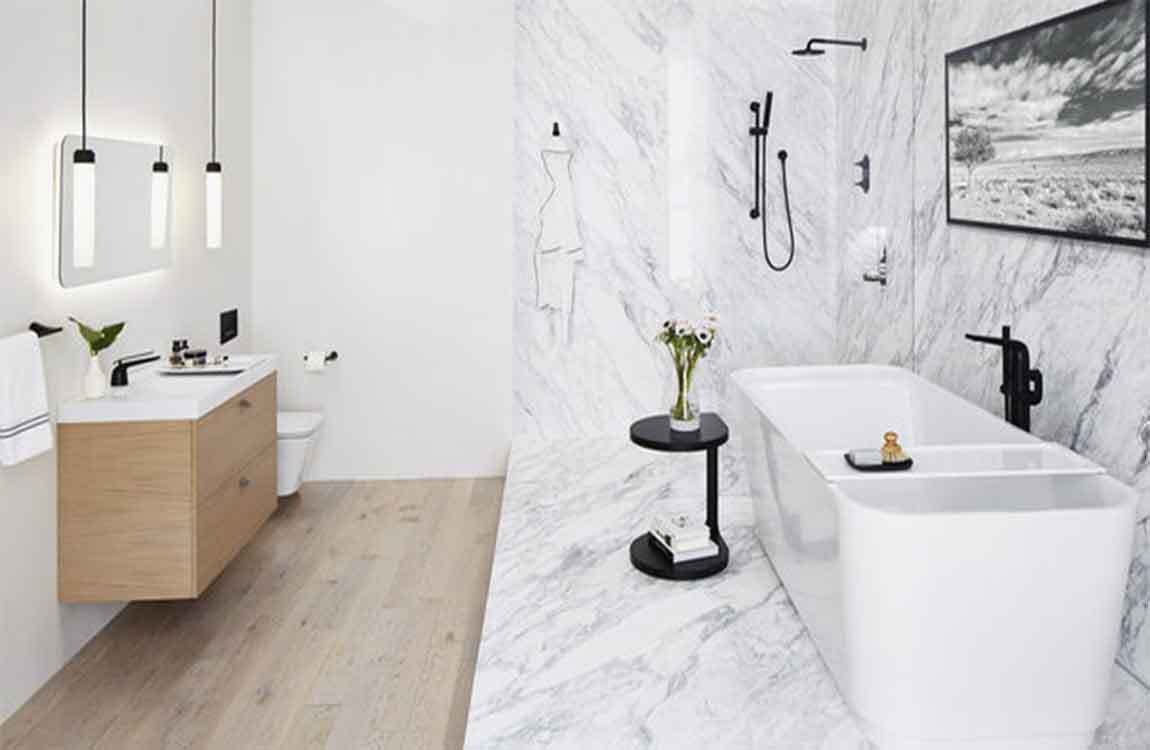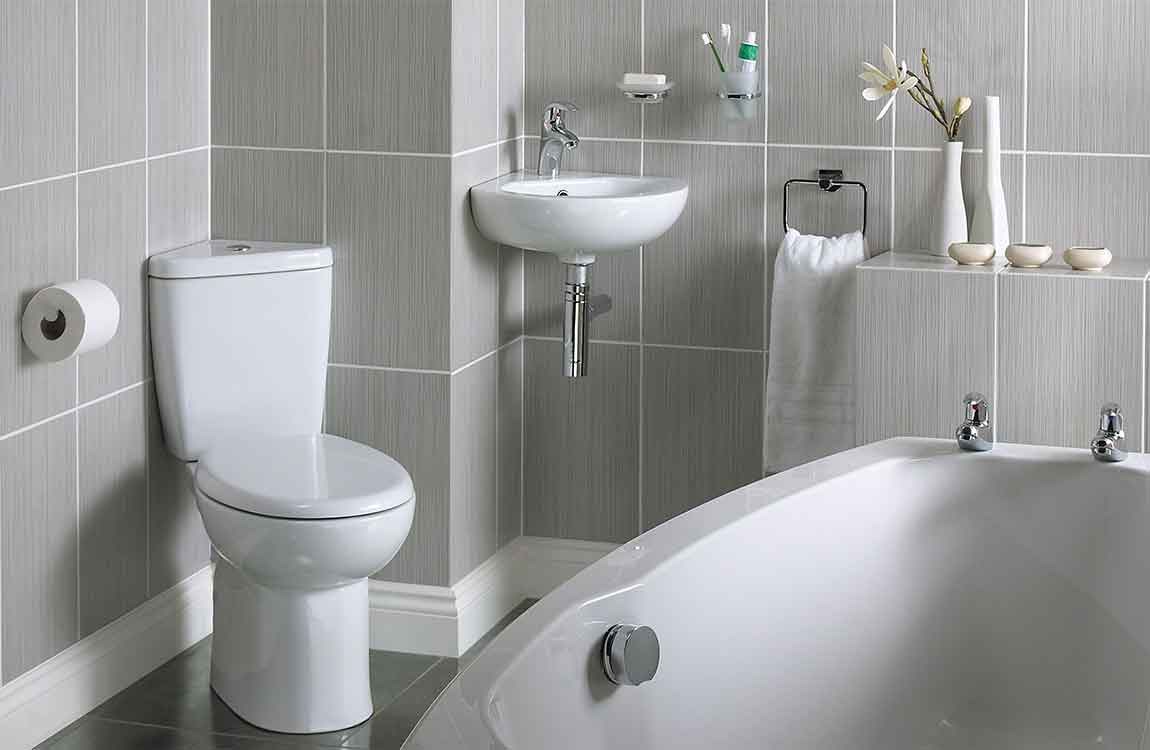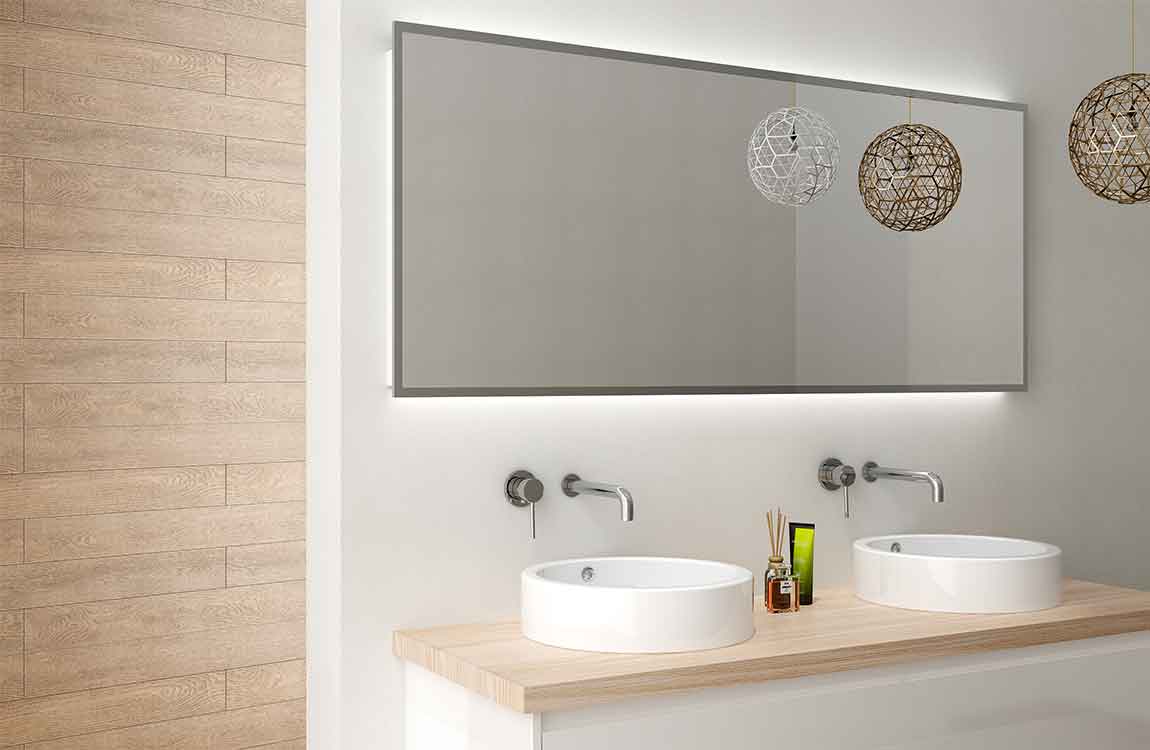How to Replace a Bathroom Faucet?
Install the gasket. The gasket is a rubber or plastic piece that sits between the faucet and the sink to ensure a proper seal and prevent leaks. Fit the gasket over the bottom of the faucet, matching the holes in the gasket with the tailpipes and valves on the faucet. Plastic gaskets generally snap onto the faucet, so be sure to seat them properly so the faucet is tightly sealed. If your faucet didn’t come with a gasket, you’ll need to apply sealant or plumber’s putty before installing the faucet. Follow the manufacturer’s directions and lay down a thin layer of sealant or putty right before you put in the faucet.
Wrap all the threads with plumber’s tape. Plumber’s tape is designed to lubricate fittings and create a better seal between components. Wrap the end of the faucet tailpipes with a layer of plumber’s tape, making sure the tape doesn’t extend beyond the end of the pipe. The tailpipes are where the water supply hose will attach to the faucet, and the tape will prevent leaks.
Insert the new faucet. Hold the faucet in both hands and carefully set it into the mounting holes. Match the tailpipes and valves with the proper holes, and place the faucet into position. Once the faucet is in the mounting holes, insert a washer over each tailpipe, and then twist on the nuts by hand. To tighten the nuts, turn them to the right (clockwise). When you’ve tightened the nuts by hand, finish tightening them by turning them another quarter turn with the adjustable wrench if necessary. Avoid tightening the nuts any further, or you could damage the sink.
Attach the water supply hoses. Start by attaching the hoses to the faucet first. Attach each hose to the tailpipe of the faucet, and then tighten the nut by hand. To finish tightening the nuts, use the basin wrench to turn each nut a quarter turn to the right (clockwise). Once the hoses are attached to the new faucet, reattach them to the water supply. Turn the nuts by hand to the right (clockwise), then tighten them the rest of the way with the adjustable wrench.
If you are attaching the supply lines to copper pipes with threaded fittings, hold the copper pipe securely while connecting the supply lines to ensure the pipes don’t twist or break. Turn on the water and test the faucet. When everything is connected and tightened, turn the water back on by turning the shutoff valve to the left (counterclockwise). Then turn on the taps to flush out the new faucet. When the water is running, check for leaks and drips. To flush the faucet, simply let the hot and cold water run for 1 to 2 minutes.






